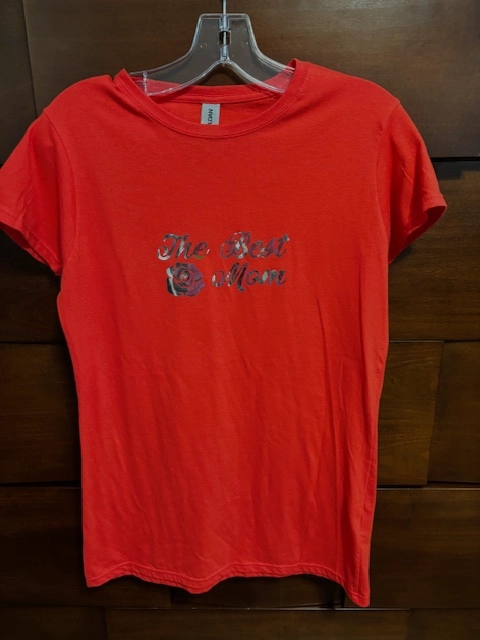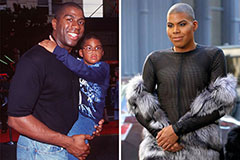The Art of Personalized Embroidery: Opening the Tricks to Creating Unique and Unforgettable Styles
Needlework, a craft steeped in custom and artistry, holds within its detailed stitches the power to change textile right into a canvas of one-of-a-kind expression. The keys to creating personalized embroidery layouts that astound the eye and leave a long lasting impression lie in a fragile balance of technique, imagination, and focus to information. As we delve into the globe of custom-made needlework, we uncover the nuanced interaction in between thread choice, sew complexity, and design personalization that boosts a mere garment to a work of art. Join us on a journey with the art of custom needlework as we untangle the enigmas behind crafting truly unforgettable and distinctive productions.
Picking the Right Embroidery Threads
When picking embroidery strings, what vital aspects should you consider to ensure the very best outcomes for your personalized styles? The selection of embroidery string is vital in establishing the last result of your stitched style. One of the main considerations is the material of the string. Different products such as cotton, polyester, rayon, and silk use differing degrees of sheen, sturdiness, and appearance. It is necessary to choose a thread material that matches the textile you are stitching on and lines up with the wanted look of the design.
In addition, the weight or density of the string plays a substantial function in the look of the embroidery. Thicker threads can add dimension and appearance to your style, while finer threads are excellent for intricate details and tiny message. In addition, thinking about the shade fastness and washability of the thread is important to make certain that your custom layouts keep their high quality and vibrancy over time. By carefully evaluating these elements and selecting top quality threads that fulfill your details requirements, you can improve the aesthetic charm and durability of your embroidered productions.
Exploring Different Stitch Techniques
To look into the world of 'Exploring Various Stitch Techniques', one should realize the complexities and subtleties that each stitching method offers the art of embroidery. Various stitch techniques not just include visual rate of interest however also add to the overall texture and dimension of the layout. One preferred stitch technique is the satin stitch, which includes carefully stuffed parallel stitches to create a smooth and shiny surface area, perfect for filling up in shapes and producing bold lays out.
On the various other hand, the backstitch is a flexible method typically used for describing and adding fine details. It includes stitching in reverse to produce a solid line of embroidery. Additionally, the French knot stitch includes a responsive aspect to layouts, best for creating distinctive accents like blossom centers or attractive touches.
Exploring different stitch strategies permits embroiderers to have fun with light, shadow, and depth within their styles, raising the visual allure and imaginative high quality of their embroidery tasks. By mastering various stitching methods, one can unlock unlimited possibilities for developing special and unforgettable customized needlework items.
Incorporating Personalized Design Components
Having explored the details of different stitch techniques such as the satin stitch, backstitch, and French knot, the focus currently changes in the go right here direction of including individualized style elements in custom needlework tasks. Individualized design components play a vital duty in making embroidery jobs really unique and unforgettable.
One more means to incorporate individualized layout aspects is by consisting of signs or themes that hold special meaning to the recipient or reflect their passions and character. As an example, incorporating a favored blossom, animal, or hobby-related symbol can make the needlework design extra purposeful and customized. In addition, selecting shades that reverberate with the recipient or line up with the designated theme can even more improve the personalization of the needlework task.
Mastering the Art of Color Coordination
One trick element of color coordination is recognizing color theory. This consists of recognizing how different colors connect with each other, the emotions they share, and how they can be combined to produce aesthetically enticing designs. By applying shade concept principles, embroiderers can produce unified color combinations that improve the total look of the design.
In addition, taking notice of contrast is vital in color control. Utilizing contrasting colors can here assist certain elements of the style pop, enhance readability, and create a visually dynamic embroidery piece. By mastering the art of color coordination, embroiderers can elevate their layouts and develop memorable pieces that resonate with customers and audiences alike.
Enhancing Texture With Advanced Needlework Stitches

Bullion knots, on the other hand, can be made use of to develop twisted, ropelike components that add an extravagant feel to the embroidery. Exploring with these sophisticated embroidery stitches allows you to press the limits of conventional embroidery and develop absolutely unique and visually attractive structures in your designs.
Conclusion
Finally, the art of custom embroidery includes a mix of selecting the appropriate strings, exploring numerous stitch techniques, incorporating personalized layout components, understanding shade coordination, and enhancing appearance with innovative stitches. By understanding and implementing these key components, embroiderers can create one-of-a-kind and remarkable styles that display their creative thinking and skill. Needlework fanatics can open the secrets to developing lovely and bespoke items that stand out and leave a long lasting perception.
 Rider Strong Then & Now!
Rider Strong Then & Now! Yasmine Bleeth Then & Now!
Yasmine Bleeth Then & Now! Bug Hall Then & Now!
Bug Hall Then & Now! Earvin Johnson III Then & Now!
Earvin Johnson III Then & Now! Andrew McCarthy Then & Now!
Andrew McCarthy Then & Now!